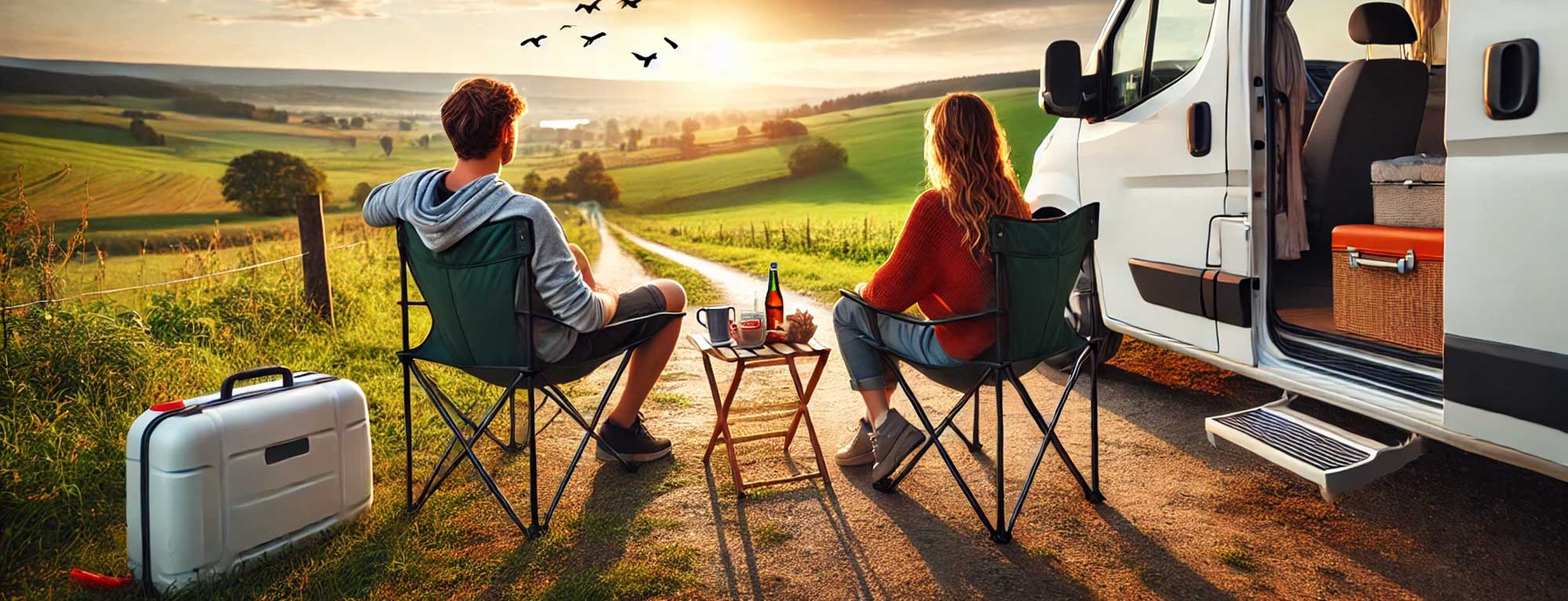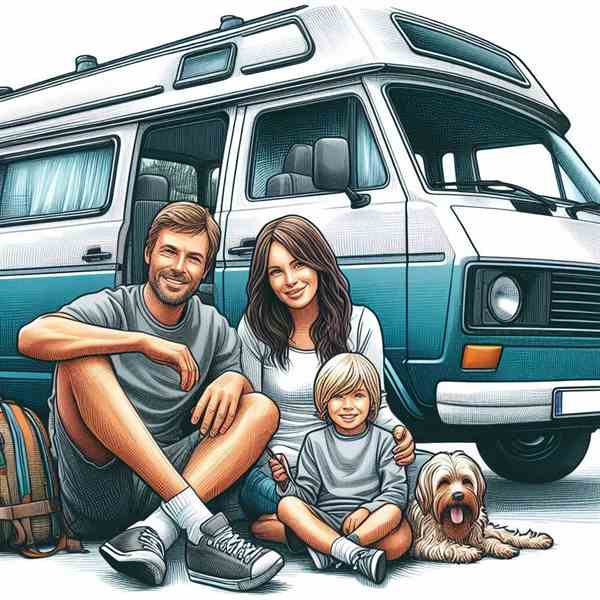

There’s something deeply satisfying about personalising a campervan. Whether it’s a full self-build or a few clever tweaks to an existing layout, modifications let you tailor your vehicle to your lifestyle. But before you get carried away with wood panelling and fairy lights, let’s talk about the practical side - because modifications can have serious consequences, especially when it comes to legality, safety and insurance.
That’s the thing, pretty much anything that changes your campervan from its original factory spec. Some changes are cosmetic, others are structural or mechanical. And yes, insurers care about all of them.
Even a pop-top roof or reversing camera can fall under the “modification” label. So it is worth checking if your insurer needs to know, and spoiler alert, they usually do.
A chap once converted a panel van into a camper, fitted a gorgeous kitchen, lovely upholstery, even a solar setup. But he forgot to tell the insurer. Three months later, a minor crash resulted in a write-off; and the insurer refused to pay out. Why? Because the van on paper no longer matched the van in reality. Painful mistake.

If you’re doing a full conversion, you might want to get the DVLA to reclassify your van as a “motor caravan”. This can have implications for insurance, MOT, and speed limits. But getting reclassified isn’t as easy as sticking in a bed and painting the cupboards duck egg blue.
Plus, it needs to look like a camper from the outside. That means things like graphics, an awning rail, maybe even a side window sticker. DVLA are picky about this, it’s not just about what’s inside.
Gas installations must be safe. Electricals must be fused and isolated correctly. If you’re not a qualified electrician or Gas Safe engineer, it is smart to get the work checked, or at least inspected; by someone who is.
Some insurance policies require proof that installations meet certain standards (especially gas). Without that? A claim might not go your way.
Not always. Swapping curtains or installing new flooring probably won’t raise eyebrows. But here’s a rule of thumb: if it affects the value, structure, or safety of the van, or how it’s used; mention it.
Both have pros and cons. Professional jobs usually come with receipts, warranties and certificates. DIY conversions give you creative freedom, but can be trickier to insure if corners are cut or safety standards aren’t met.
Whichever route you take, document the process. Take photos. Keep receipts. Write a list of materials and parts used. If the van is ever written off or stolen, this all helps justify the valuation.
Campervan conversions are exciting, creative and personal; but they come with responsibilities. Safety, legality and transparency are key. If something goes wrong, having everything properly documented and disclosed could be the difference between a smooth claim and a financial headache.
Planning a conversion or thinking about upgrades? It might be a smart move to get quotes first; modified campers can vary a lot in insurance cost. Better to know what you’re in for, before you cut that first hole in the roof.